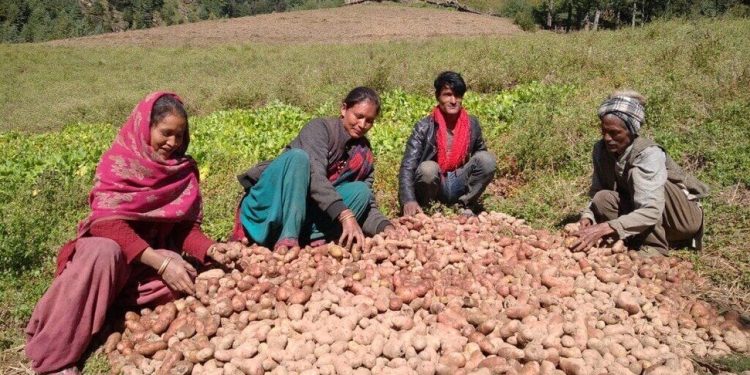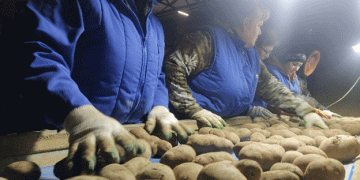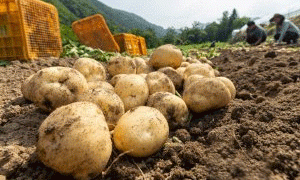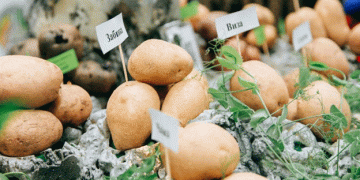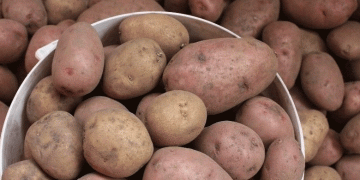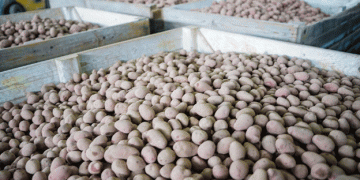In the rich tapestry of Nepali culture, the humble potato occupies a unique place, embodying a mix of tradition, identity, and sustenance. While a colloquial expression may link potatoes to academic performance, the deep-rooted affection for this versatile tuber is undeniable.
In Nepali parlance, the association of potatoes with the concept of zero is evident in phrases like “he/she scored an aalu (potato) in the final exam,” reflecting the symbolic resemblance of the potato’s shape to Zero. Conversely, the endearing phrase “he/she is just like a potato” conveys the universal adaptability of the potato, likening it to an individual who effortlessly blends in with any situation.
The “Tharu aalu,” hailing from Tikapur in Kailali, stands as a testament to the cultural intertwining of potatoes in Nepal. Named after the Tharu indigenous community, this distinct potato species is cultivated exclusively by the Tharu people, representing a cherished indigenous heritage.
The arrival of potatoes in Nepal dates back 176 years when British naturalist Sir Joseph Dalton Hooker introduced them during an ecological expedition in eastern Nepal. This marked the inception of potatoes as a beloved and integral part of the nation’s agricultural landscape.
With a per capita consumption of 75 kg, one of the highest in Asia, and a majority of the consumed potatoes being locally sourced, Nepal has embraced potatoes as a dietary staple. Their adaptability to diverse agro-climatic conditions has cemented their position as a vital crop, contributing significantly to food security.
Potatoes have seamlessly integrated into Nepali cuisine, featuring prominently in beloved dishes such as “aalu chop,” “aalu ko achar” (potato salad), Aalu Sahekho, Mustang Aalu, Chukainu, Thicheko Aalu, Aalu Bhujuri, and the iconic “aalu dum.” Their versatility allows for inclusion in both vegetarian and non-vegetarian fare, embodying an intrinsic part of Nepali gastronomy.
Beyond being a source of sustenance, potatoes have become emblematic of resilience, adaptability, and cultural heritage in Nepal. As they continue to thrive in the country’s fields and kitchens, the legacy of potatoes in Nepali society remains deeply ingrained, reflecting a harmonious blend of tradition and innovation.
